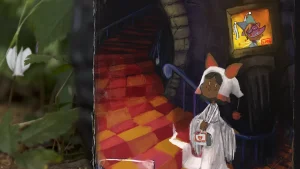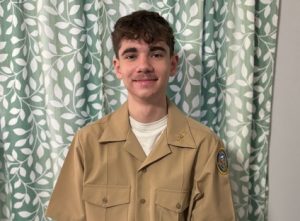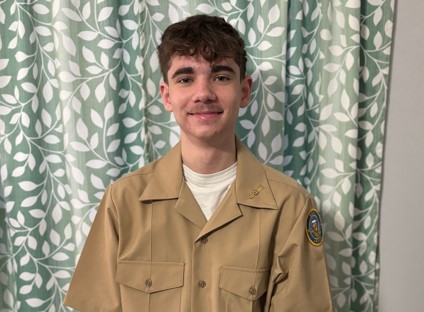Planets: Out of this world!
A list of the different planets that surround our Earth.
As big as this universe can be, there are some exoplanets that have never ever been heard about. This milky way is big, but these planets are just too much.
What is an Exoplanet?
All of the planets in the solar system we live in orbit around the Sun. The planets that orbit around other stars are called exoplanets.
Cotton Candy Planet (AKA Kepler-51 and mentions of WASP-107b)
This exoplanet has to be the cutest ever heard. This planet is pink and has the density of cotton candy which is the reason for its name. The planet was discovered in 2012 on NASA’s Kepler space telescope, but density wasn’t discovered until later in 2014. Surprising as it is, this is only one of the exoplanets NASA, has found with the same density as cotton candy. Another planet similar to this one is called ‘WASP-107b’ with atmosphere of helium.

A Planet that Rains Rubies and Sapphires (AKA HAT-P7b)
Raining Rubies and Sapphires, is highly unlikely to happen, except on this planet. This exoplanet can in fact rain Rubies and Sapphires and imagine all the jewels possible. Other than that, this planet is like over 1,000 light years away and it is 16 times bigger than earth. Dr. David Armstrong discovered this planet in 2008 with its gas atmosphere and strong winds. Light was being reflected on the exoplanet which is how it got discovered. The clouds are most likely made out of corundum, which form Rubies and Sapphires.
A Possible Habitable Planet? (Gliese 581)
The believed existence of Gliese 581c was announced in 2007 in the paper written by Stephane Udry, an astronomer at Geneva Observatory. This planet is only one of two bigger versions of Earth that Stephane’s team found. This is a potential Earth planet which means that scientists still are not completely sure this planet is safe. It is only 20.42 light years away from this planet, so there is a chance we won’t be able to see and live there at all.
For more information and research on the universe and its planets, visit the sites below!

Arlene Fourrien is a Senior this year and it is her second year on the Cub, along with being her third year taking journalism as a class. She loves reading...


















